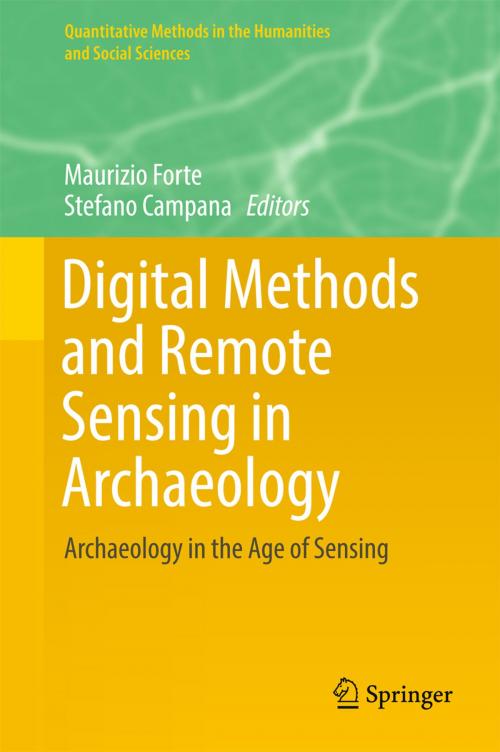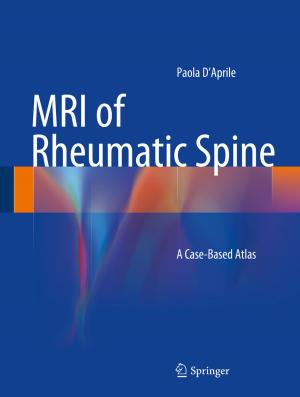Digital Methods and Remote Sensing in Archaeology
Archaeology in the Age of Sensing
Nonfiction, Science & Nature, Technology, Remote Sensing, Social & Cultural Studies, Social Science, Statistics| Author: | ISBN: | 9783319406589 | |
| Publisher: | Springer International Publishing | Publication: | February 10, 2017 |
| Imprint: | Springer | Language: | English |
| Author: | |
| ISBN: | 9783319406589 |
| Publisher: | Springer International Publishing |
| Publication: | February 10, 2017 |
| Imprint: | Springer |
| Language: | English |
This volume debuts the new scope of Remote Sensing, which was first defined as the analysis of data collected by sensors that were not in physical contact with the objects under investigation (using cameras, scanners, and radar systems operating from spaceborne or airborne platforms). A wider characterization is now possible: Remote Sensing can be any non-destructive approach to viewing the buried and nominally invisible evidence of past activity. Spaceborne and airborne sensors, now supplemented by laser scanning, are united using ground-based geophysical instruments and undersea remote sensing, as well as other non-invasive techniques such as surface collection or field-walking survey. Now, any method that enables observation of evidence on or beneath the surface of the earth, without impact on the surviving stratigraphy, is legitimately within the realm of Remote Sensing. The new interfaces and senses engaged in Remote Sensing appear throughout the book. On a philosophical level, this is about the landscapes and built environments that reveal history through place and time. It is about new perspectives—the views of history possible with Remote Sensing and fostered in part by immersive, interactive 3D and 4D environments discussed in this volume. These perspectives are both the result and the implementation of technological, cultural, and epistemological advances in record keeping, interpretation, and conceptualization. Methodology presented here builds on the current ease and speed in collecting data sets on the scale of the object, site, locality, and landscape. As this volume shows, many disciplines surrounding archaeology and related cultural studies are currently involved in Remote Sensing, and its relevance will only increase as the methodology expands.
This volume debuts the new scope of Remote Sensing, which was first defined as the analysis of data collected by sensors that were not in physical contact with the objects under investigation (using cameras, scanners, and radar systems operating from spaceborne or airborne platforms). A wider characterization is now possible: Remote Sensing can be any non-destructive approach to viewing the buried and nominally invisible evidence of past activity. Spaceborne and airborne sensors, now supplemented by laser scanning, are united using ground-based geophysical instruments and undersea remote sensing, as well as other non-invasive techniques such as surface collection or field-walking survey. Now, any method that enables observation of evidence on or beneath the surface of the earth, without impact on the surviving stratigraphy, is legitimately within the realm of Remote Sensing. The new interfaces and senses engaged in Remote Sensing appear throughout the book. On a philosophical level, this is about the landscapes and built environments that reveal history through place and time. It is about new perspectives—the views of history possible with Remote Sensing and fostered in part by immersive, interactive 3D and 4D environments discussed in this volume. These perspectives are both the result and the implementation of technological, cultural, and epistemological advances in record keeping, interpretation, and conceptualization. Methodology presented here builds on the current ease and speed in collecting data sets on the scale of the object, site, locality, and landscape. As this volume shows, many disciplines surrounding archaeology and related cultural studies are currently involved in Remote Sensing, and its relevance will only increase as the methodology expands.















